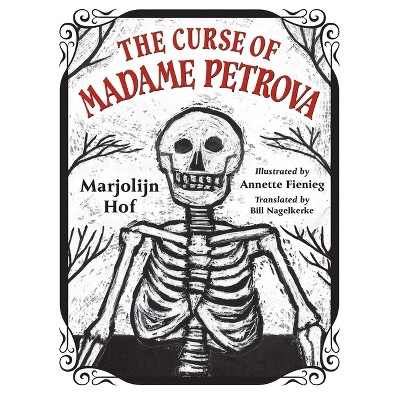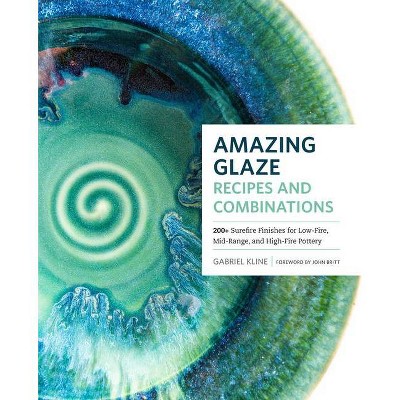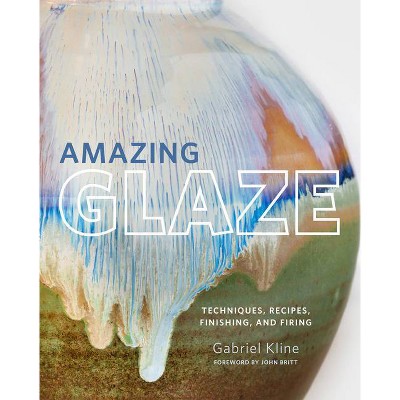Sponsored

The Varnish and the Glaze - by Marjolijn Bol (Hardcover)
$55.00
In Stock
Eligible for registries and wish lists
Sponsored
About this item
Highlights
- A new history of the techniques, materials, and aesthetic ambitions that gave rise to the radiant verisimilitude of Jan van Eyck's oil paintings on panel.
- About the Author: Marjolijn Bol is associate professor in the Department of History and Art History at Utrecht University.
- 336 Pages
- Art, Techniques
Description
About the Book
"Both medieval panel painters and those working in the fifteenth century created works that evoke the glow of precious stones, the sheen of polished gold and silver, and the colorful radiance of stained glass. Yet their approach to rendering these materials is markedly different. Marjolijn Bol explores some of the reasons behind this radical transformation by telling the history of the two oil painting techniques used to depict everything that glistens and glows-the varnish and the glaze. For more than a century after his death, the fifteenth century painter Jan van Eyck was widely credited with the invention of varnish and oil paint, on account of his unique visual realism. This was a myth, however, and after it was revealed as such, the remarkable verisimilitude of his work was attributed instead to a new translucent painting technique, a technique the artist could have only innovated with oil paint already at his disposal: the glaze. Today, most theories about how Van Eyck achieved his visual realism revolve around this idea: that he was the first to discover or refine the glazing technique. Bol, however, argues that, rather than being a fifteenth-century refinement, varnishing and glazing began centuries before and, moreover, that these two techniques were not only explored by painters but were developed by a variety of artisans as part of the medieval material culture of splendor. Artisans embellished metalwork and wood with varnishes and glazes to imitate gems and enamel; infused rock crystal with oil, resin, and colorants to imitate more precious minerals; and oiled parchment to transform it into the appearance of green glass. Likewise, medieval panel painters used varnishes and glazes to create the look of water, silk, and more. What's more, Bol shows how the explorations of materials and their optical properties by these artists stimulated natural philosophers to come up with theories about transparent and translucent materials produced by nature"--Book Synopsis
A new history of the techniques, materials, and aesthetic ambitions that gave rise to the radiant verisimilitude of Jan van Eyck's oil paintings on panel. Panel painters in both the middle ages and the fifteenth century created works that evoke the luster of precious stones, the sheen of polished gold and silver, and the colorful radiance of stained glass. Yet their approaches to rendering these materials were markedly different. Marjolijn Bol explores some of the reasons behind this radical transformation by telling the history of the two oil painting techniques used to depict everything that glistens and glows--varnish and glaze. For more than a century after his death, the fifteenth-century painter Jan van Eyck was widely credited with inventing varnish and oil paint, on account of his unique visual realism. Once this was revealed to be a myth, the verisimilitude of his work was attributed instead to a new translucent painting technique: the glaze. Today, most theories about how Van Eyck achieved this realism revolve around the idea that he was the first to discover or refine the glazing technique. Bol, however, argues that, rather than being a fifteenth-century refinement, varnishing and glazing began centuries before. Drawing from an extensive body of recipes, Bol pieces together how varnishes and glazes were first developed as part of the medieval art of material mimesis. Artisans embellished metalwork and wood with varnishes and glazes to imitate gold and gems; infused rock crystal with oil, resin, and colorants to imitate more precious minerals; and oiled parchment to transform it into the appearance of green glass. Likewise, medieval panel painters used varnishes and glazes to create the look of enamel, silk, and more. The explorations of materials and their optical properties by these artists stimulated natural philosophers to come up with theories about transparent and translucent materials produced by the earth. Natural historians, influenced by medieval artists' understanding of refraction and reflection, developed theories about gems, their creation, and their optical qualities.Review Quotes
". . . Bol's book offers valuable new insights into the function and perception of varnish and glaze in medieval art. The combination of text study and reconstruction, supported by excellent illustrations and diagrams, proves to be a particularly fruitful approach."-- "British Journal for the History of Science"
"Bol's The Varnish and the Glaze . . . [is] committed to showing how sustained reenactment of artistic technique could offer new entryways into understanding and interpreting visual and material evidence. . . . Bol's reconstruction of varnishing techniques targets an area of knowledge rendered amorphous by the changeability of objects after undergoing multiple conservations. Her argument reanimates medieval artifacts' original visual splendor, thereby focusing on the initial moments of creation and reception as a key target of technical analysis." -- "Art History"
"This valuable book is a rarity in its ability to bridge gaps between disparate fields of specialty in art historical research."--A. V. Coonin "Choice"
"A wonderfully fresh, fascinating book. The science is explained clearly and simply, images are analysed with keen-eyed intelligence, and beautiful photographs, taken by the author, show how varnishes and glazes are made. A book from which any reader, student, or expert, will learn a great deal, with great pleasure." --Paul Taylor, the Warburg Institute
"The Varnish and the Glaze is a rich and well-researched dive into an understudied aspect of the intersection among art history, material studies, and the history of science. Bol's focus on varnishes and glazes as integral parts of both the material fabrication of paintings and the chromatic properties of paintings is particularly novel. Unlike many other texts, this book does not look at 'color' per se. Rather, the book suggests that the colors used in paintings cannot be understood outside of the wider cluster of material techniques that artists used to make colors brighter, more durable, and at times even deceptive. And transparency, Bol argues, is one of the most important material techniques. In other words, by focusing on color and colorants alone, scholars have missed a large part of the intellectual work of painters in the early modern period."--Michael Rossi, University of Chicago
"This brilliant book demonstrates how the fifteenth-century panel painter's techniques of varnishing and glazing were foreshadowed in the Middle Ages by media such as stained glass, enamels, and metalwork. Combining the skills of a cultural historian and conservator, Bol offers fresh analysis of medieval sources and their terminology, tries out their recipes, and documents the results with exemplary clarity. Superb color plates not only reproduce the artworks in stunning detail but also record the author's hands-on research into pigments and binding-media. The Varnish and the Glaze will inform and delight all who are interested in the history of color in the Middle Ages and Early Renaissance."--Paul Hills, The Courtauld Institute of Art
"In this field-defining work of technical art history, Marjolijn Bol makes an original argument for a combined material, technical, and cultural revolution in the art of image making. With stunning illustrations and prose as lucid as the precious gems she examines, Bol demonstrates a fifteenth-century transformation in systems of depicting optical reflection and refraction across media--in goldsmithing, manuscript illumination, panel painting, and tapestry weaving--as art making shifted from mimesis of materials to include the whole of the visible world."--Pamela H. Smith, Columbia University
About the Author
Marjolijn Bol is associate professor in the Department of History and Art History at Utrecht University. She is the coeditor of The Matter of Mimesis: Studies of Mimesis and Materials in Nature, Art, and Science.Dimensions (Overall): 9.6 Inches (H) x 6.5 Inches (W) x 1.1 Inches (D)
Weight: .6 Pounds
Suggested Age: 22 Years and Up
Number of Pages: 336
Genre: Art
Sub-Genre: Techniques
Publisher: University of Chicago Press
Theme: Oil Painting
Format: Hardcover
Author: Marjolijn Bol
Language: English
Street Date: April 21, 2023
TCIN: 1006098999
UPC: 9780226820361
Item Number (DPCI): 247-46-4376
Origin: Made in the USA or Imported
If the item details aren’t accurate or complete, we want to know about it.
Shipping details
Estimated ship dimensions: 1.1 inches length x 6.5 inches width x 9.6 inches height
Estimated ship weight: 0.6 pounds
We regret that this item cannot be shipped to PO Boxes.
This item cannot be shipped to the following locations: American Samoa (see also separate entry under AS), Guam (see also separate entry under GU), Northern Mariana Islands, Puerto Rico (see also separate entry under PR), United States Minor Outlying Islands, Virgin Islands, U.S., APO/FPO
Return details
This item can be returned to any Target store or Target.com.
This item must be returned within 90 days of the date it was purchased in store, shipped, delivered by a Shipt shopper, or made ready for pickup.
See the return policy for complete information.
Frequently bought together
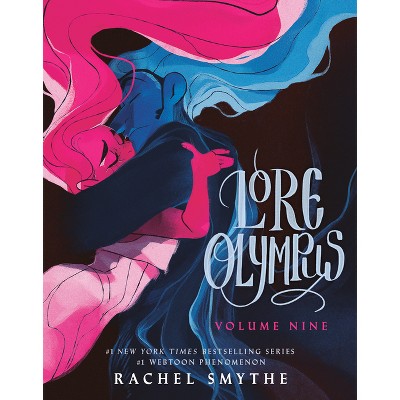
$16.78 - $20.97
was $21.00 - $30.00 New lower price
4.8 out of 5 stars with 4 ratings
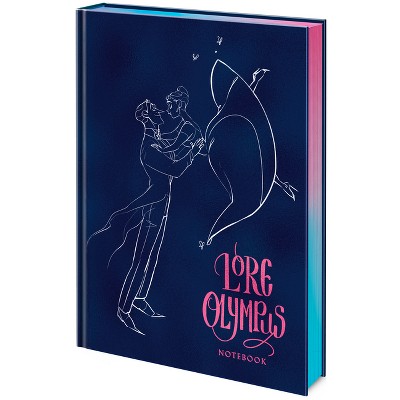
$11.79
was $12.59 New lower price
5 out of 5 stars with 1 ratings












